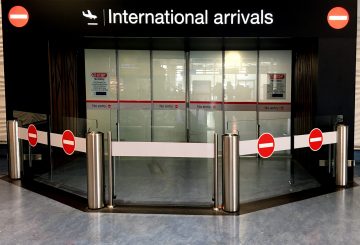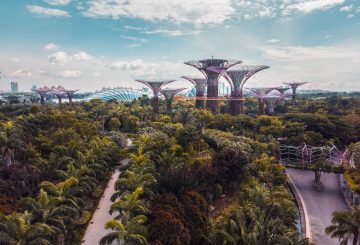Chính phủ đang tăng gấp đôi số chỗ có sẵn trong Chương trình Kỳ nghỉ làm việc và gia hạn thị thực của các nhà làm kỳ nghỉ làm việc nhằm giải quyết tình trạng thiếu nhân viên trên toàn quốc.
Nó cũng cho phép người sử dụng lao động trong một số lĩnh vực trả lương cho người di cư lành nghề thấp hơn so với yêu cầu về mức lương trung bình mới.
Thông báo những thay đổi vào tuần trước, Bộ trưởng Di trú Michael Wood cho biết mục đích là cung cấp cứu trợ ngay lập tức cho các doanh nghiệp bị ảnh hưởng nặng nề nhất bởi sự thiếu hụt lao động.
Ông nói: “Chúng tôi đã lắng nghe những mối quan tâm của các lĩnh vực này, và làm việc với họ để thực hiện các bước thực tế để mở rộng thêm lao động”.
Các doanh nghiệp đang tuyển dụng lao động di cư lành nghề trong các lĩnh vực trọng điểm sẽ được miễn các yêu cầu về mức lương trung bình mới.
Mức lương trung bình, tăng lên 27.76/giờ NZ$ vào tháng 7 năm nay, là số tiền tối thiểu mà người nộp đơn xin thị thực lao động dựa trên kỹ năng phải kiếm được. Các doanh nghiệp trong các lĩnh vực bao gồm du lịch và khách sạn, xây dựng và cơ sở hạ tầng hiện nay có thể trả ít hơn mức này cho người di cư có tay nghề cao.
Wood nói rằng điều này sẽ giữ cho các yêu cầu về tiền lương phù hợp hơn với những gì họ đang ở trong các thiết lập nhập cư trước đó.
Để giải quyết tình trạng thiếu lao động thường xuyên, chính phủ sẽ tạm thời tăng quyền truy cập vào Đề án Kỳ nghỉ làm việc. Điều này sẽ cho phép thêm 12.000 nhà sản xuất kỳ nghỉ làm việc vào nước này.
Ngoài ra, những người đã ở đây về thị thực kỳ nghỉ làm việc hết hạn trước 31 tháng 5 năm 2023 sẽ có thị thực của họ kéo dài thêm sáu tháng.
Ngoài ra, những người trước đây có thị thực nghỉ lễ lao động nhưng bỏ lỡ đi du lịch đến New Zealand do đại dịch Covid-19 cũng sẽ được cấp thị thực mới từ tháng 10, cho phép họ vào New Zealand trước 31 tháng 1 năm 2023 và ở lại trong nước trong 12 tháng.
“Những thay đổi này sẽ có tác động tích cực đến lực lượng lao động, và sẽ tận dụng tối đa sự gia tăng của các nhà sản xuất kỳ nghỉ làm việc mà chúng tôi mong đợi trong mùa hè cao điểm”, Wood nói.






























































